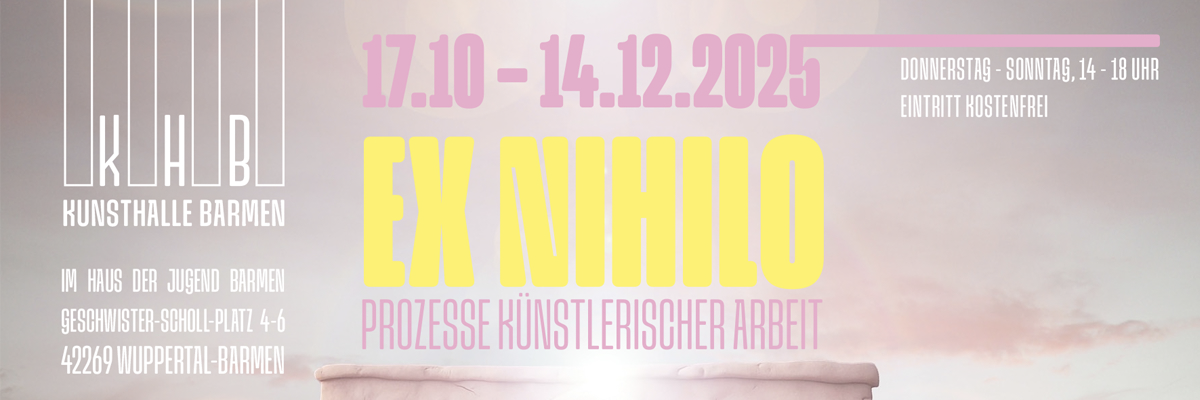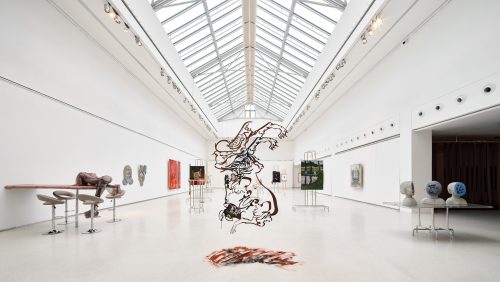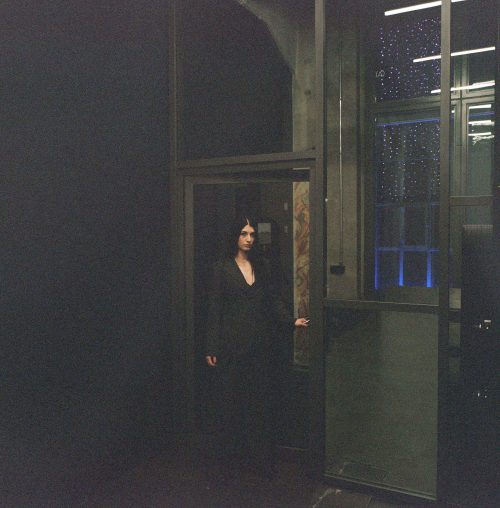
Tomás Díaz Cedeño
Humming Songs
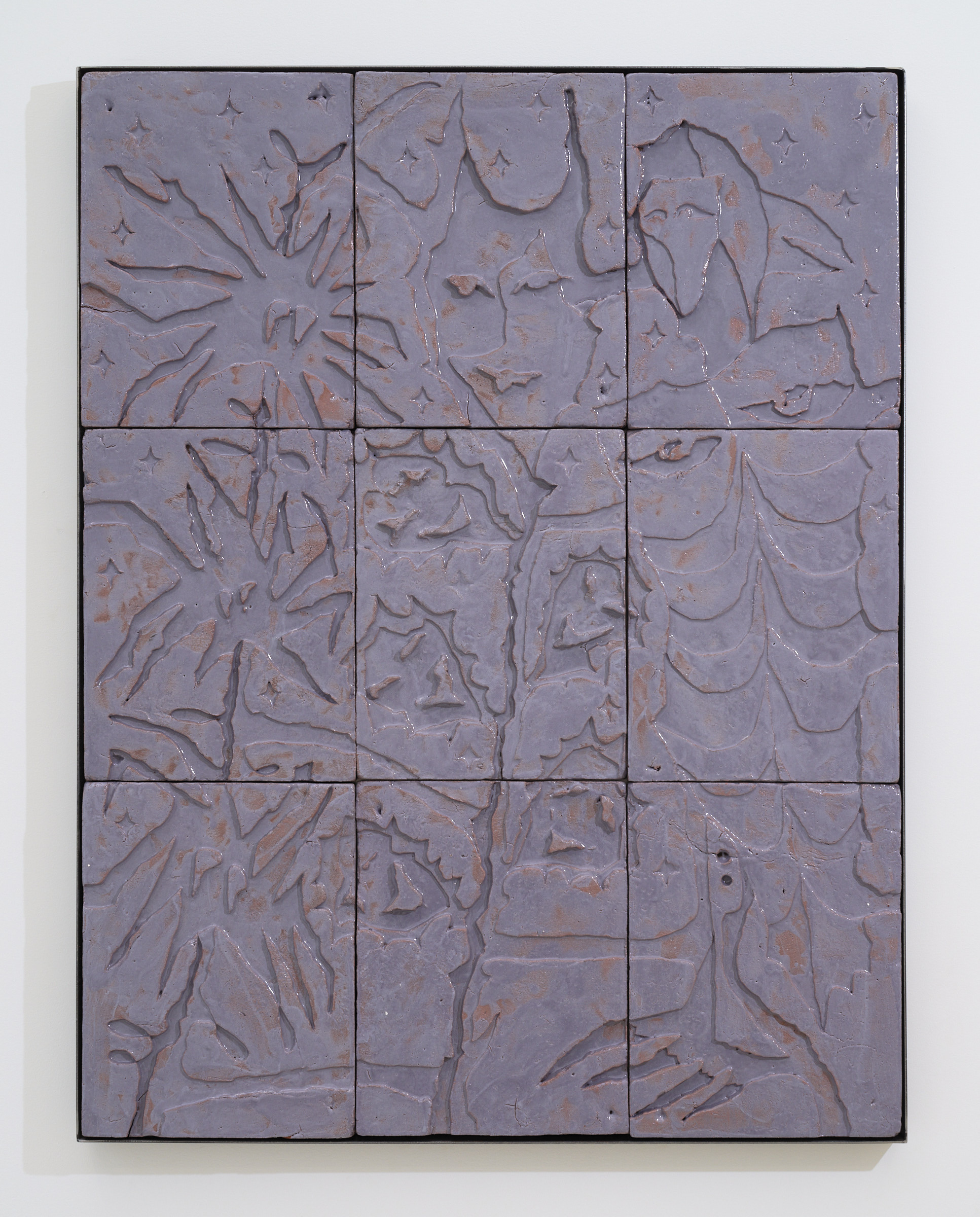
Tomás Díaz Cedeño Fuimos 3 al Caer la Noche (We Were 3 at Nightfall), 2023 Ceramic, glaze, steel 38 3/4 x 30 inches
Advertisement

Tomás Díaz Cedeño Unos Besos Y Baile Suave (Kisses and Soft Dancing), 2023 Ceramic, glaze, steel 26 x 20 inches

Earthy, Almost Comforting Scent, 2023 Ceramic, glaze, steel 38 3/4 x 30 inches
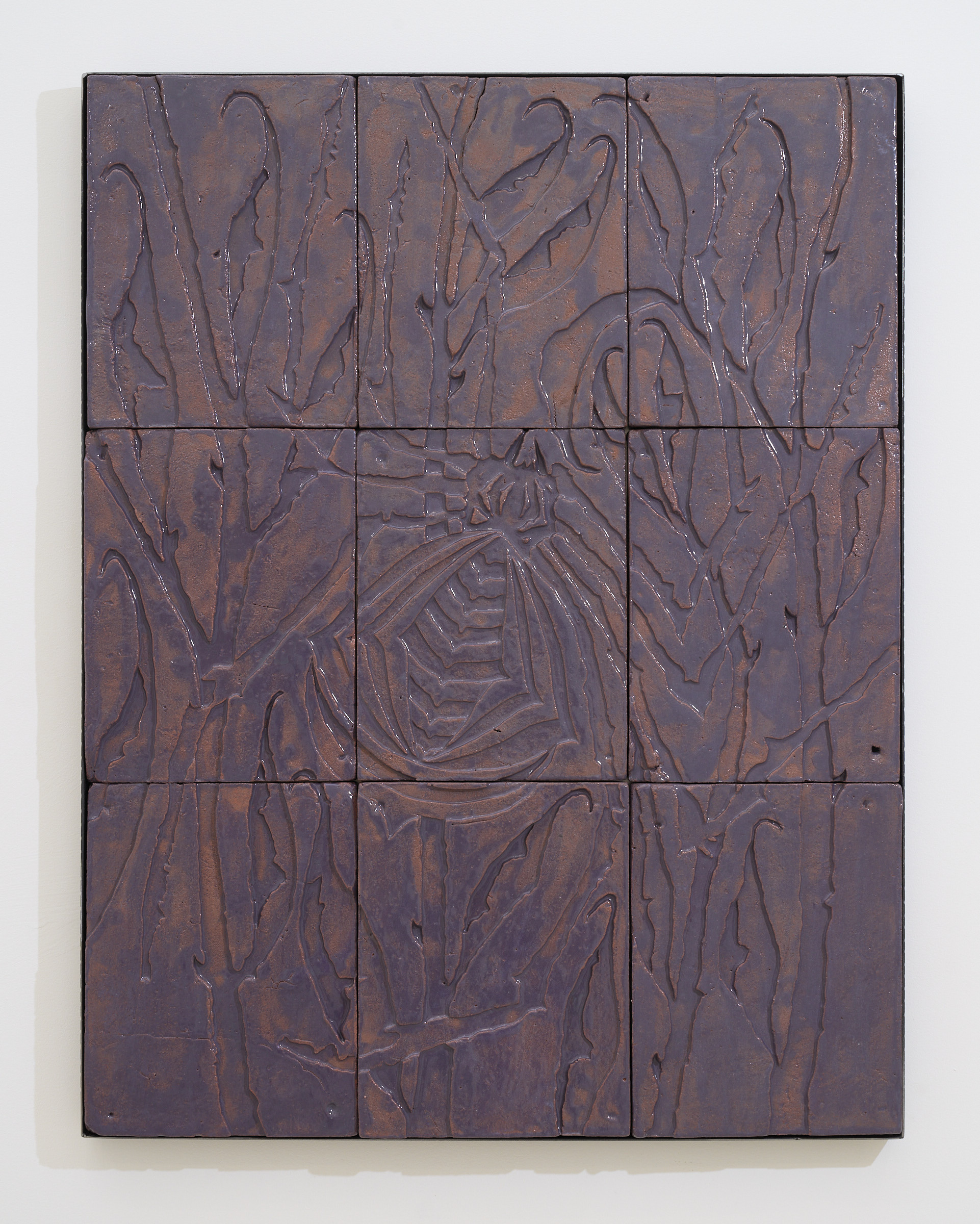
Tomás Díaz Cedeño False Eyelashes, Distant Car Noises, 2023 Ceramic, glaze, steel 38 x 30 3/4 inches
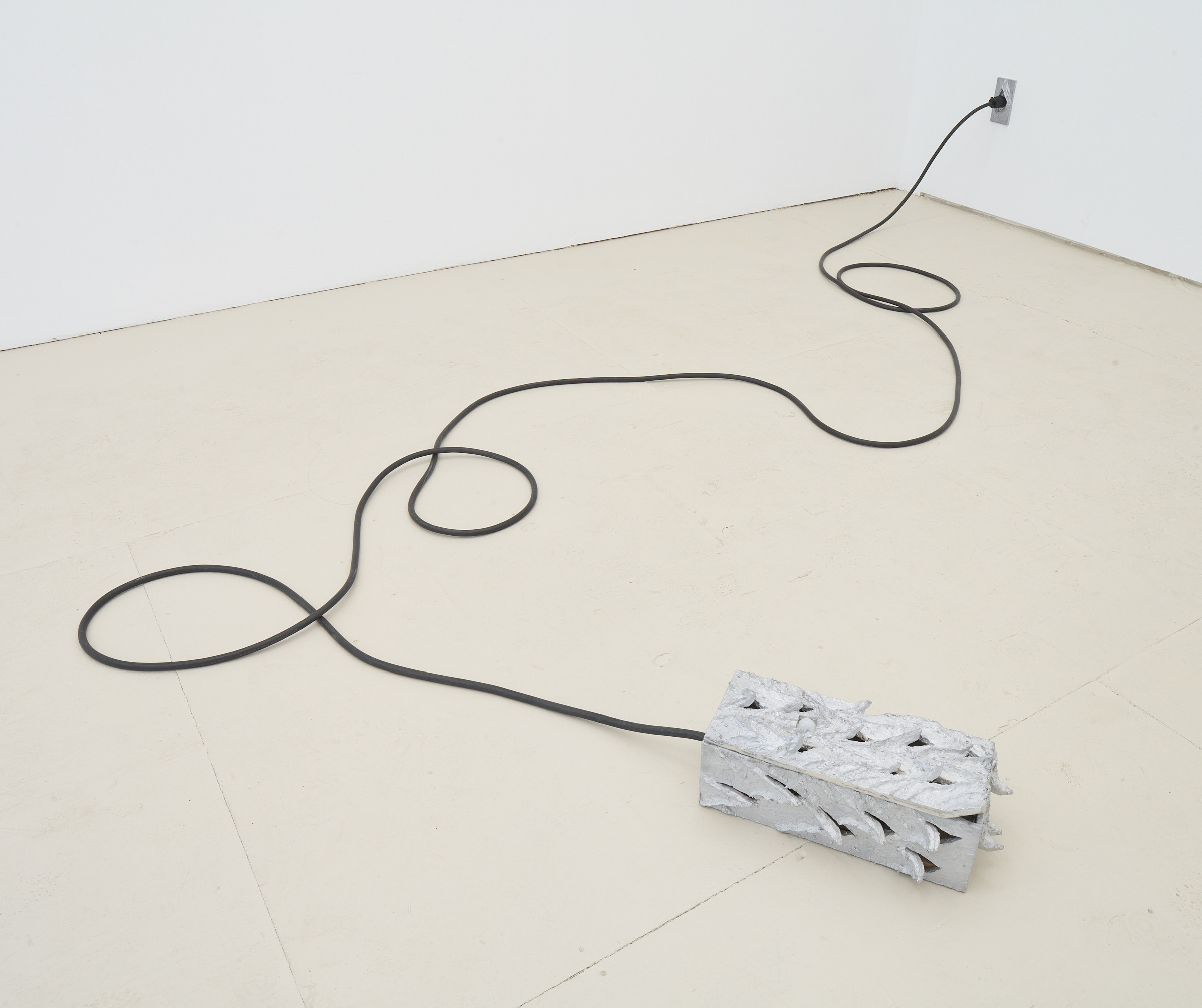
Tomás Díaz Cedeño Humming Song II, 2023 Cast aluminum, electronic mechanism, rattles, outlet, Various dimensions
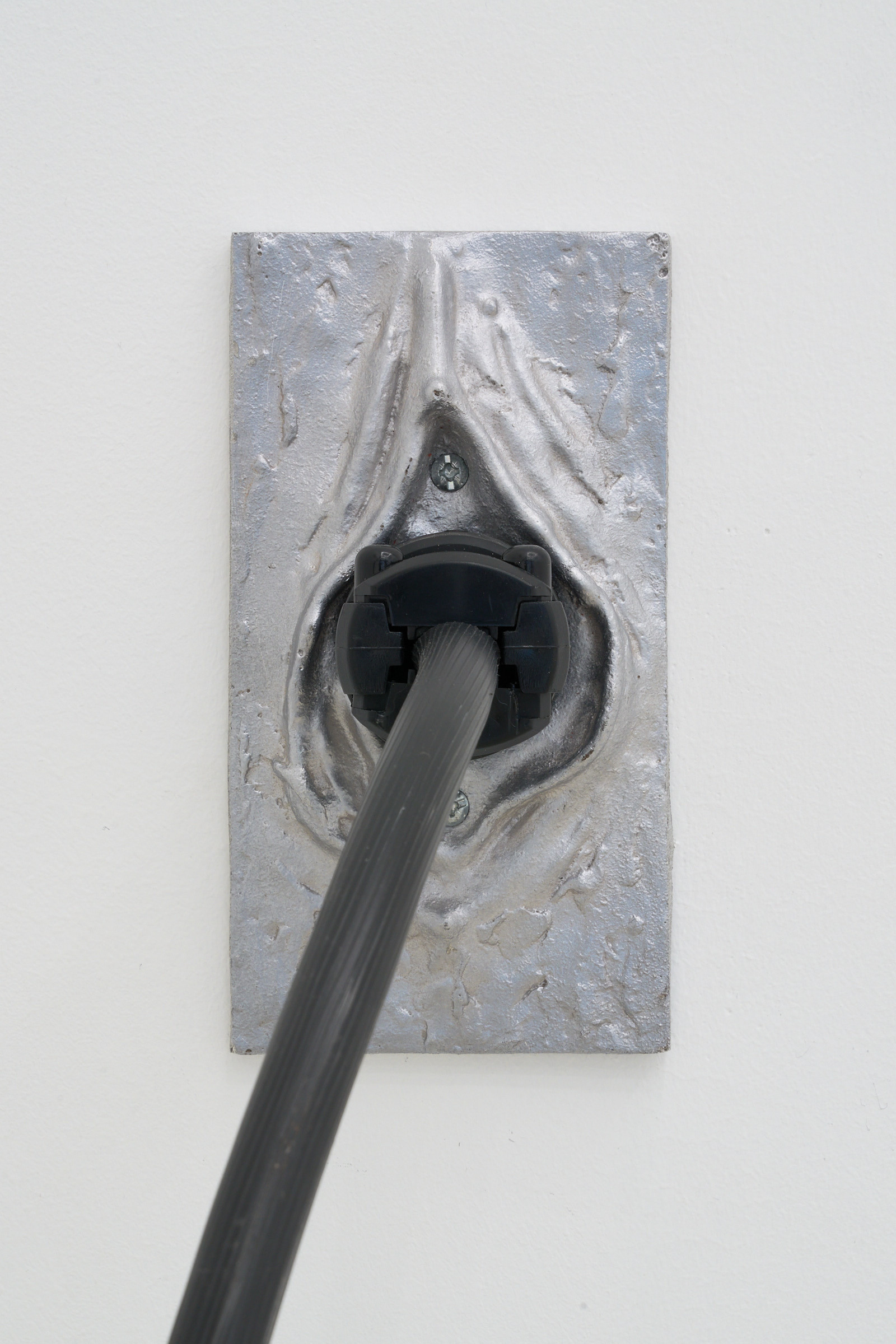
Detail of : Tomás Díaz Cedeño Humming Song II, 2023 Cast aluminum, electronic mechanism, rattles, outlet, Various dimensions

Tomás Díaz Cedeño Humming Song I, 2023 Cast aluminum, electronic mechanism, rattles, outlet, Various dimensions
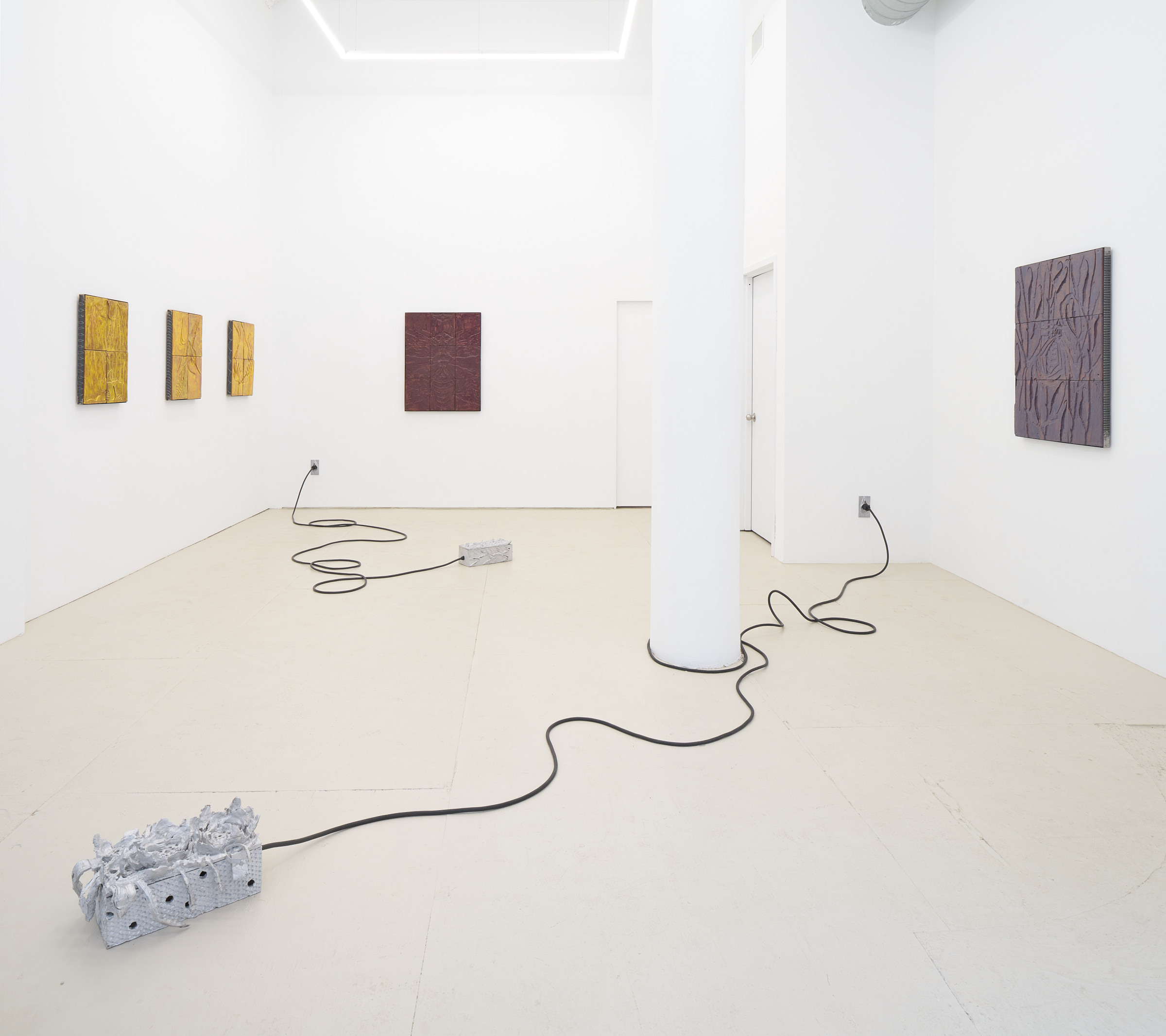
Installation view

Installation view
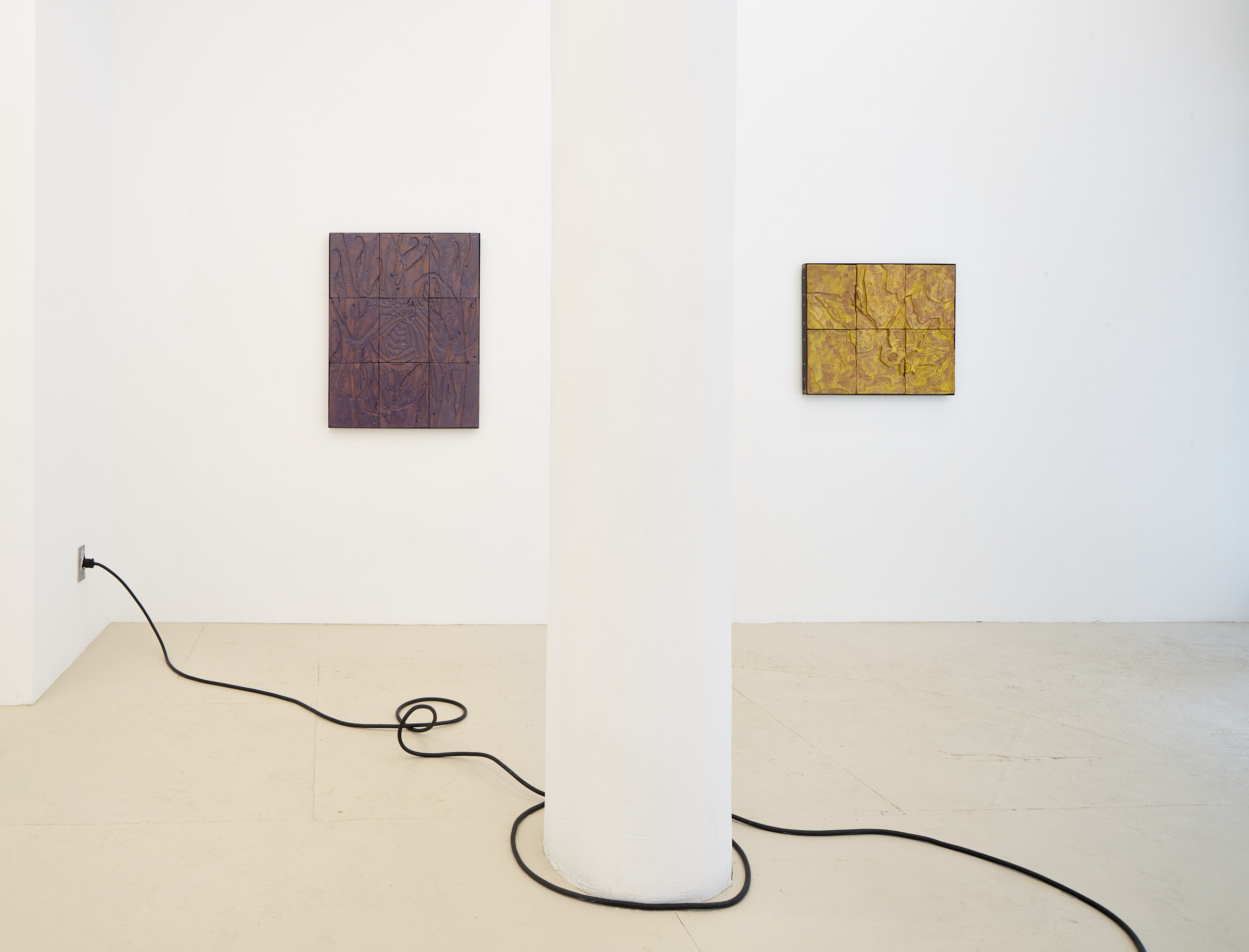
Installation view

Installation view

Installation view

Installation view
Tomás Díaz Cedeño’s practice develops in the interaction between the natural and the artificial, producing objects in which landscape, materials, and the body converge. His first U.S. solo exhibition is comprised of seven mosaic works — bas-reliefs rendered on glazed wild clay and framed in steel — and a motorized cast aluminum rattlesnake floor installation, activated by the visitor’s movement.
Díaz Cedeño’s practice is first ignited with stories, it then crystallizes through drawing, a bit of digital editing and sculpture to become objects that intricately bind together the experiences and fictions of everything and everyone that touched them in between. Since 2019, Díaz Cedeño has been working on Background/Foreground, a series of works created in bas-relief imprinted on wild clay. The title — taken from cinematographic lexicon and alluding to the instant where the background comes into focus centering foreground— indicates his intentions: he creates portraits of the landscape and its relationship with the people who inhabit it. In them, he focuses on the landscape as protagonist of the many microhistories that blossom within it, the small but significant transformations that constantly redefine it along with the hands and spirits that come in contact with it.
At the center of his works lies the relationship between body, labor and material and its endless creative potential. Through his use of wild clay and his manipulating it in the same way that bricks have been manufactured in different areas of the world for millennia, he seeks to unearth the fiction-making powers of that process. As portraits, they contain the histories of the people who transform and are transformed by the landscape: the brick makers extracting clay from the land, the domestic stories of people leaving and returning there, the small talk about weather patterns, the legend-like behavior of the nature surrounding them, the superstitions that arise from the dangers of engaging with fire everyday, the sometimes random but always poetic ways in which they transmit their knowledge through time — knowledge that coalesces into the mysticism of a specific type of labor that has long been a staple of humanity.
It’s in that mythological magnitudes that human storytelling achieves that Díaz Cedeño locates his objects. The serpent appears as a stand-in for knowledge, specifically the small knowledges that have been ruled out as unimportant, often because they are subversive in the face of our larger order of truth — because in the dynamics between body, labor and material also reside the essential components of what we call technology, and the ruling systems of production and consumption in which we are all involved.
Gaby Cepeda

